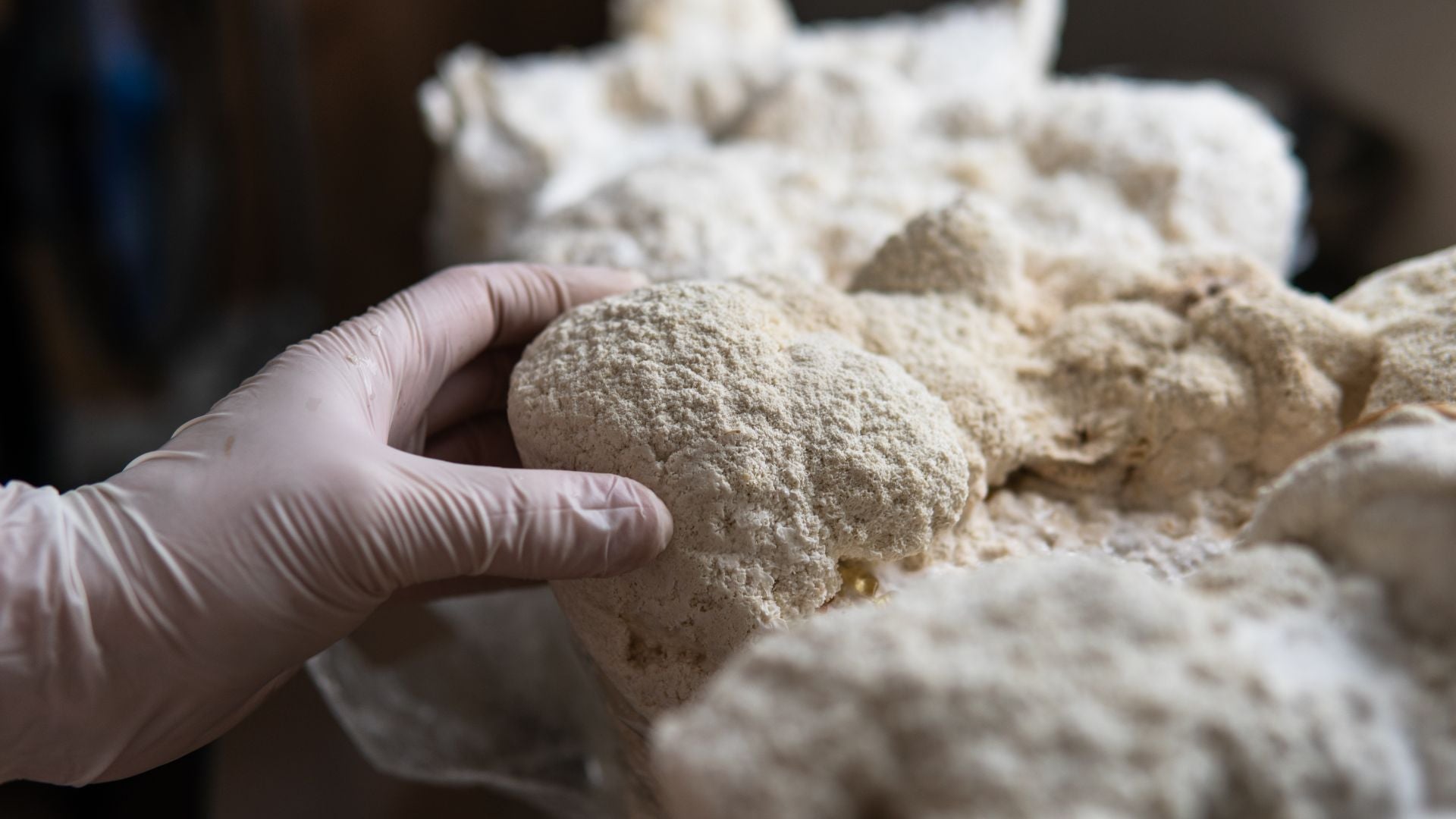A literal translation of "Lion's mane" in Portuguese would be "Juba do Leão," due to the mushroom's characteristic shape resembling this part of the feline's body. Lion's Mane mushroom is an edible fungus belonging to the tooth fungus group, native to North America, Europe, and Asia.
The fruiting bodies are harvested for culinary and, in some cases, medicinal use due to their high concentration of naturally occurring active compounds. Typically, extracts are derived from the fruiting body. Lion's Mane mushroom has been used for centuries in both culinary and traditional medicine, valued for its extensive list of regenerative properties. The main active constituents produced by Lion's Mane mushroom include polysaccharides, hericenones, and erinacines.
Recent scientific studies indicate that the supplement can significantly increase the secretion of Nerve Growth Factor (NGF) in the brain, promoting the survival of brain cells, repairing damage, and supporting memory function.
It stimulates neuroplasticity: Neuroplasticity is the brain's ability to adapt to changes based on needs, stimuli, and the environment. By increasing levels of NGF (Nerve Growth Factor), Lion's Mane optimizes synaptic plasticity, improves myelination, and enhances neuronal communication.
Improvement in focus and memory: A double-blind clinical trial evaluating the oral administration of Hericium erinaceus fruiting bodies in elderly humans showed improvement in individuals with mild cognitive impairment compared to age-matched controls.
Several different compounds in H. erinaceus appear to have protective benefits, such as reducing amyloid plaques, enhancing insulin-degrading enzyme expression, increasing NGF release, and even managing neuropathic pain. While some erinacins are known, many compounds are still under research, with some still being discovered.









